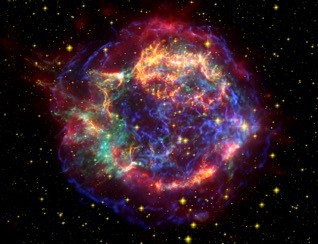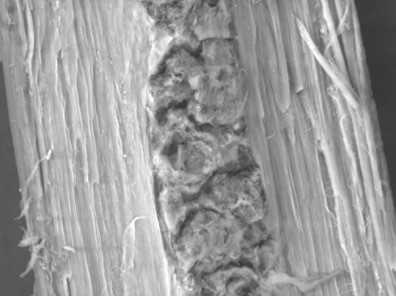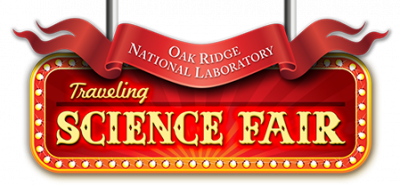Extreme Science
Big to Small – Explore it all!
How are batteries made? What are nanomaterials and how can they change our life? How can we identify the amount and type of chemicals present in a sample? How do we use chemistry to make oil more slippery? In the Extreme Science exhibit, guests will discover how researchers explore the biggest and smallest systems in the universe in order to make our everyday life on Earth even better!
Watch a star explode, peer into the depths of a black hole, and learn how the sun works. See the world’s smallest fidget spinners, look at a ladybug’s wing under an optical microscope, and become a battery!
Astrophysics: The BIG study of space and the universe
 Check out this incredible supernova explosion, where a massive star collapses on itself and gives off enough light for a trillion, trillion, trillion, watt light bulb! Supernovae are so bright they can outshine an entire galaxy of 100 billion stars! This real image was taken by the Hubble, Spitzer, & Chandra Observatories and shows the 100 million, million, kilograms of material thrown out into space from the blast!
Check out this incredible supernova explosion, where a massive star collapses on itself and gives off enough light for a trillion, trillion, trillion, watt light bulb! Supernovae are so bright they can outshine an entire galaxy of 100 billion stars! This real image was taken by the Hubble, Spitzer, & Chandra Observatories and shows the 100 million, million, kilograms of material thrown out into space from the blast!
Did you know that many of the elements found in our bodies—the iron in our blood, the calcium in our bones, and the carbon in our DNA&—are the same elements that exist out in the universe? They also exist in stars and are ejected into space during explosions.
 Not all elements are created from exploding stars. Titanium is actually a chemical element (Ti) as is Lithium (Li). Many elements, such as Titanium and lithium, are used in materials research. Titanium is an incredibly strong metal and can maintain its strength in extreme environments and aluminum alloys to make engines lighter and more durable. Lithium is the lightest metal and is soft and reactive. It is also known most commonly to be used in batteries.
Not all elements are created from exploding stars. Titanium is actually a chemical element (Ti) as is Lithium (Li). Many elements, such as Titanium and lithium, are used in materials research. Titanium is an incredibly strong metal and can maintain its strength in extreme environments and aluminum alloys to make engines lighter and more durable. Lithium is the lightest metal and is soft and reactive. It is also known most commonly to be used in batteries.
Nanoscience: SMALLer than the eye can see
Nanoscience is the study of structures and materials at the nanometer scale. To give you an idea of how long a nanometer is, a typical human hair is nearly 50,000 nanometers across!
 When we study structures at this size, we find they have very interesting and useful properties. For example, gold at the nanoscale is not what you would expect to see. The familiar yellow-colored material when shrunk to the nanoscale, actually appears red or even purple, and the color can be tuned with size.
When we study structures at this size, we find they have very interesting and useful properties. For example, gold at the nanoscale is not what you would expect to see. The familiar yellow-colored material when shrunk to the nanoscale, actually appears red or even purple, and the color can be tuned with size.
Scientists at ORNL’s Center for Nanophase Materials Sciences (CNMS) create, tweak, and study nanostructures atom by atom in their Nanofabrication Research Laboratory. At the CNMS, scientists, called microscopists, use microscopes to view objects and areas of objects that cannot be seen with the naked eye. Their microscopes are not like your desktop, optical microscopes. They use microscopes such as a scanning transmission electron microscope. It can see things down to the single atom (atomic resolution) or a million times smaller than a human hair.
Ready to learn more?
There is so much more we would like to share! Be sure to check out all the ORNL exhibits featured in the Traveling Science Fair.

Visit the “Extreme Science” exhibit to learn more about how to learn more about how researchers explore the biggest and smallest systems in the universe in order to make our everyday life on Earth even better!

